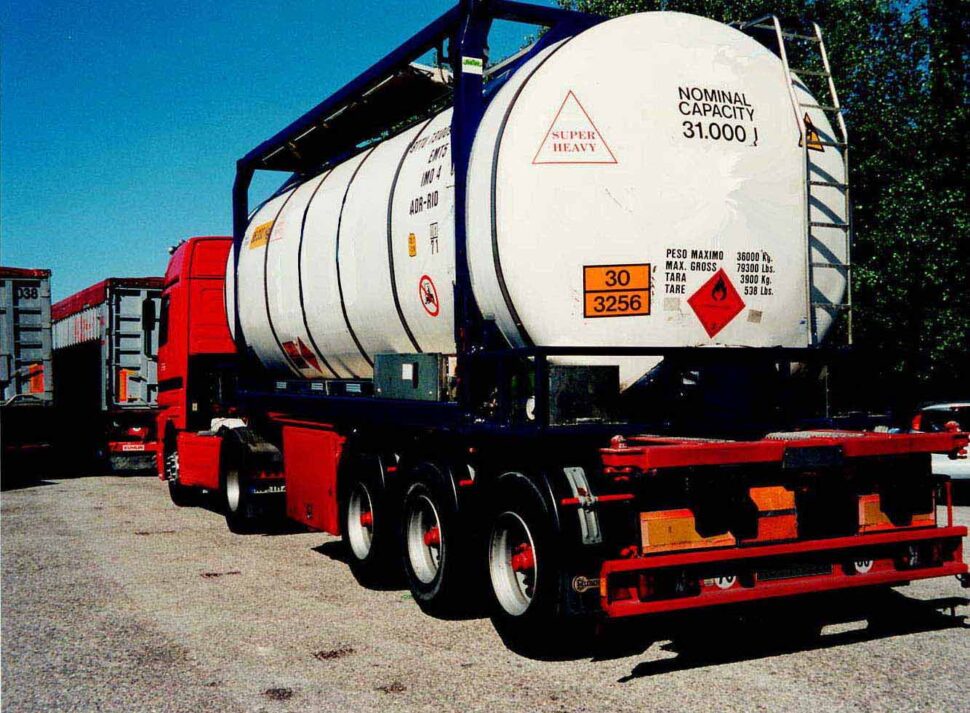Transporting Hazardous Material: What You Need to Know

According to the Environmental Protection Agency, hazmat is “any material that, because of its quantity, concentration, flammable liquids, physical, or chemical infectious characteristics may cause substantial harm to people or the environment.” Therefore, it’s important for business owners and employees who may be involved in transporting hazmat to know what they’re dealing with.
In this post, we’ll discuss: What hazardous materials are and why they pose a danger; how businesses can transport them safely; and what to do if you experience a spill.
What is hazardous material?
Hazardous material is any substance that may cause harm if it enters the body or encounters skin. This includes both traditional hazardous materials, like explosives and flammable liquids, as well as new types of hazardous materials, such as synthetic biology agents.
Traditional hazardous materials are substances that can easily create fires or explosions when they meet other substances. Flammable liquids and gases, for example, are dangerous because they can quickly spread fire throughout a building or vehicle. Synthetic biology agents pose a unique threat because they have the ability to evolve on their own and become more harmful over time.
Hazardous chemicals classification is one of the most important steps in protecting people from potential health risks posed by these substances.
In accordance with 49 CFR 172.101 and 173, hazardous substances are classified according to nine hazard classes. In order of severity, there are nine hazard classes:
- Explosives.
- Gases.
- Flammable and Combustible Liquids.
- Flammable Solids.
- Oxidizing Substances, Organic Peroxides.
- Toxic Substances and Infectious Substances.
- Radioactive Materials.
- Corrosives.
- The class 9 placard is Miscellaneous Hazardous Materials.

Who transports hazardous material?
Hazmat transportation is a specialized industry that requires knowledge and expertise in order to safely transport hazardous materials. Reverse logistics companies are the perfect solution for businesses who need reliable, safe, and efficient hazzmat transportation.
Reverse logistics companies specialize in the safe and efficient transport of bulk packaging of hazardous materials. They work with businesses of all sizes to help them get their products where they need to be without any risk or damage. By understanding your specific needs, reverse logistics companies in United States can provide you with a tailored plan that meets your exact specifications.
Some common services offered by reverse logistics companies include:
- Health hazard material delivery
- Transportation planning and coordination
- Hazmat storage
How to transport hazardous materials safely?
Hazmat transportation is a complex and dangerous process that requires the use of specialized equipment and experienced drivers. If you are transporting hazardous materials, it is important to follow all hazardous materials regulations safety guidelines to avoid potential accidents.
Choose the right truckload size:
A less than truckload shipment means that the total weight of the cargo is less than 26,000 pounds. This type of shipment falls under federal regulations and allows for more flexibility in terms of loading and unloading locations. It’s also easier to get insurance coverage for this type of shipment
Get a commercial driver’s license.
The most important thing you can do to ensure your safety when transporting hazardous materials is to get a commercial driver’s license. You’ll need to pass the Commercial Driver License Information System (CDLIS) knowledge test and your state may require you pass the road test as well.
If you have a CDL, you can haul hazardous materials in your truck. However, if you’re transporting dangerous goods, such as flammable liquids or corrosive materials, you must use a tanker truck.
Get a hazmat endorsement.
- A hazmat endorsement is required for anyone who wants to transport hazardous materials in their vehicle, whether they have a CDL or not. To get an endorsement, you must pass both written and driving tests with a minimum of 70% on each test. You can take these tests at any DMV office or online with MVD2Go or MVD2Life services.
Learn the rules and regulations.
- You should also familiarize yourself with federal, state and local regulations governing transportation of hazardous materials. This includes knowing whether there are any special restrictions on specific types of hazardous material or if they must be packaged differently than other types of cargo.
Get training on safety and security procedures.
- Get training on safety and security procedures. It’s important that everyone involved with transporting dangerous substances is trained in this area. This includes those who drive, handle loads and those who work within the company itself.

Takeaway:
Transporting hazardous material can be safe if you take certain precautions. As long as you take the proper precautions, transporting hazardous material can be safe and successful. Remember to wear protective clothing, use a hazmat truck, and follow all the necessary safety guidelines. Your employees and customers will thank you for taking these precautions, and your business will stay afloat during times of adversity.
Recent Posts
Watch our Podcast

THE ULTIMATE GUIDE TO FREIGHT SHIPPING THROUGH FLORIDA PORTS
When it comes to ocean freight shipping in Florida, there is a lot to know to ensure you follow the appropriate steps when shipping into and out of Florida Ports.
Just enter in your email address and receive your FREE E-Book in minutes!